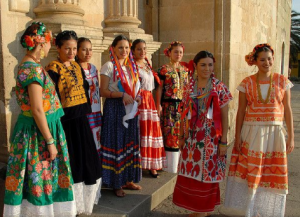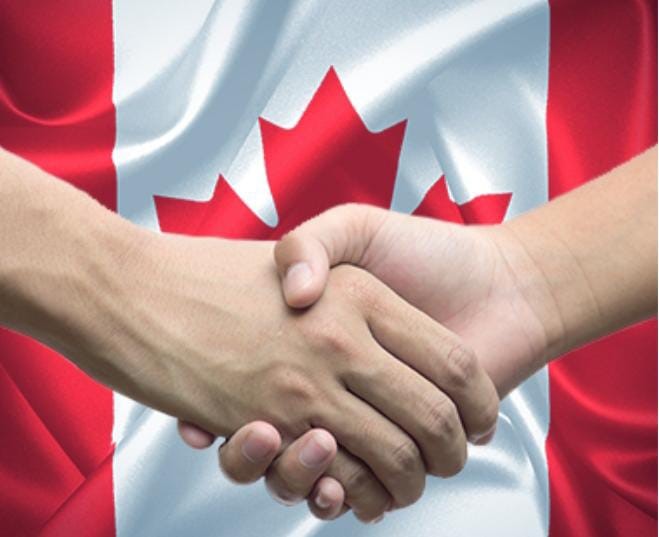The civilizations that occurred in Mexico greatly influenced their manner of dressing. The Spanish control over the land also influenced how the Mexicans dressed. Their dressing has a vast and rich history. The traditional Mexican dress and clothing can be seen being won occasionally on special occasions and during certain holidays. The traditional Mexican clothes will include the (“Huipil,” traditional skirts, blouse, and the “rebozo“) for the women while the
Men’s clothing will be the (“Sombrero,” and the “Sarape”). The Mexicans have also their traditional costumes and clothing that tend to portray their Spanish and Mayan roots. There are some distinct elements of the traditional and modern Mexican costumes although they are both brightly colored and have intricate embroidery.

The huipil is typically a comfortable and colorful traditional cloth for women. It comprises of a blouse known as the huipil which is embroidered on one’s neck, then half folded and stitched on the sides. The design of the cloth is to represent the helpers, cosmos, and gods of the Mexican people. The blouse of the Mexicans is the huipil’s modern version which is a decorated shirt that is short-sleeved. It can also have other decorative embroideries such as those of animals, birds, and people. The traditional blouse was hand-woven, white, with its neckline edged in embroideries and colorful bodice. The Mexican traditional skirt has its roots in Spanish culture and has numerous colors and different varieties. The wrap on a woman’s body and secured by a sash. The skirts are of solid colors with vast and colorful embroidery and symbols.
Rebozo is a feminine cloth that is normally crafted of rough cotton and various colors and styles. It is used to swaddle and carry a baby, and as well wore draping along the feminine body to accentuate the fluid movements of the woman.
Mexican men used to wear pants, shirts, and boots of one color, although there are several distinct elements the men used to wear traditionally like the Sombrero and the sarape.
The Sombrero is a straw hut that is meant to protect a man’s face from direct sunlight. During festivals, it was colorfully decorated around its rim. A sarape is a cloth that crossed between a blanket and a poncho. It was used to warm the body during winter and was normally made from either fleece or wool. Multicolored patterns of the sarape can be seen during festivals made of colors like yellow, red, and blue.
The Mexican-style costumes tend to be brighter and more flamboyant than their traditional costumes. They have a distinct style and are normally bright and intricately embroidered. These costumes include the Mexican folklore dress, Pocho, and the Charro suit.
The Mexican folklore dress is designed for folk dancing (“Traditional Mexican Dresses,” 2020).
It is multi-tiered with ruffles and comes in different colors. It is also long and flared. The Charro suit was worn by the horsemen or the conquerors. It comprises of a pant, belt, shirt, jacket, and tie. Its fabric can either be of wool or cotton and can be of more muted browns and blacks or other vibrant colors. The trousers and jackets normally have embroideries and embellishments decorations and the buckle belt is designed elaborately (“Traditional Mexican Dresses,” 2020). Today, Mexicans will tend to wear conservatively and the dressing code will depend on which part of the country one is located, the season of the month; where summer and winter, among several other factors.


